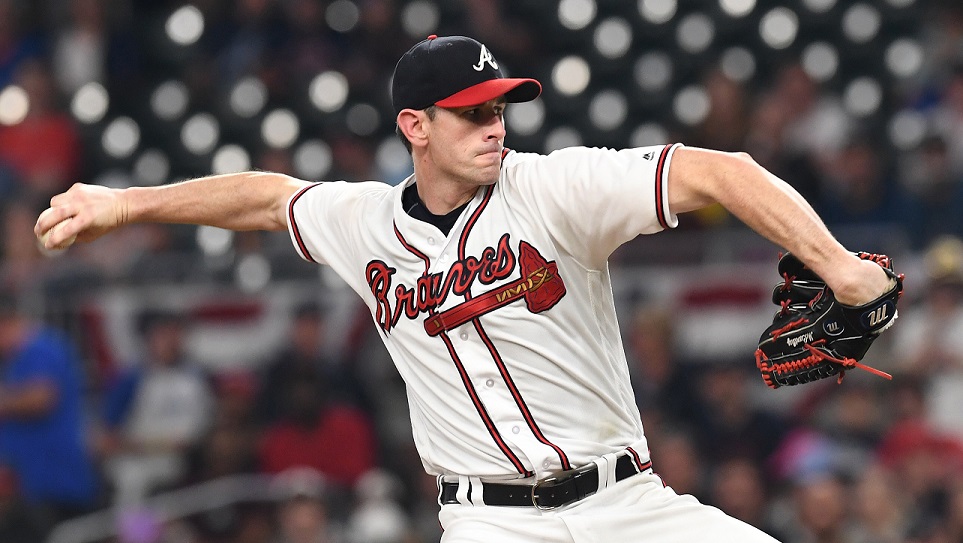
Two months into the 2018 season, Braves fans have been treated to a pleasant surprise. The team is in first place by half a game with a 31-22 record. Even projection systems that were pessimistic coming into the season are now seeing the Braves as contenders of note: Fangraphs currently has Atlanta at a 25% likelihood of making the playoffs. Had you told me in March the Braves would have playoff odds equal to hitting heads on two coinflips, I’d have been ecstatic. While the team isn’t to the point where it makes sense to give up longterm assets to secure shortterm wins, it’s at least far enough along to optimize, as best it can, its roster for a pennant race in 2018.
One difficult player to project as part of that playoff race picture is Brandon McCarthy. McCarthy has started 11 games this season, sporting a 5-2 record with a team record of 7-4. He has allowed 3 runs or less in 7 of those 11 starts, and he has allowed one run or less in 5 of those starts. As a routine watcher of the Braves, it would be natural for you to feel confidence when McCarthy takes the mound.
And yet, he has a 5.02 ERA. He doesn’t strike guys out. Fangraphs’ projection system, ZiPs, projects a 4.46 ERA over the remainder of the season. His peripheral stats simply aren’t very good. However, he has gone 5 innings with 2 runs or less in nearly 55% of his starts, and here’s how that compares to other starters:
Folty: 55%
Newk: 50%
Julio: 45%
McCarthy turns in reliable starts as often as anyone. How has he done this with worrisome peripherals?
I’m sure you, a reader of baseball-related articles, are familiar with the Fly Ball Revolution®. Batted ball data goes back to 2002. 2018 has the lowest league-wide groundball rate, 43.2%, in that span. But that’s a recent development. MLB’s groundball rate hit its peak recently, in 2015, at 45.3%. Over the first half of the decade, MLB pitchers relied more and more on sinkers, two-seamers, sliders, and other groundball-generating pitches. Hitters revolted, re-adjusting their swings. They started swinging at those low, diving pitches, and uppercutting them to produce flyballs. It resulted in a few more strikeouts, but MLB’s home run rate exploded to an all-time high. As a counter to that counter, pitchers have dialed back a tad on the use of the sinker. Sinkers dominated baseball for a few years, but their usage dropped off a cliff last season, where 5.6% of pitches were recognized by PitchF/X as sinkers, the fewest in the PitchF/X era.
As MLB pitchers are relying less on the sinker, Brandon McCarthy has doubled down on it. In fact, he’s throwing all those grounder-inducers way more than before:
The red line represents the sinkers. That navy blue line is his 4-seamer rate. McCarthy is using sinkers, cutters (light blue), and even sliders (yellow) more than ever.
Is it working? Mostly, yes. Players are hitting the ball somewhat hard against McCarthy, as his 88.2 mph exit velocity is above the league average of 87.3. His launch angle allowed, however, of 4.3, is well below league average. In an era where hitters are willing to go out of the zone to drive sinkers into the air, they’re still mostly driving McCarthy’s pitches into the dirt. His groundball rate is 50.5%, which ranks 13th among qualified starters in baseball this season.
This approach could explain the occasional games where McCarthy struggles. In an era where hitters are looking to drive sinkers into the outfield seats, a pitcher who relies on them has to have excellent command of them. In the 4 games in which McCarthy has given up 5 or more runs, he has allowed 6 home runs, at least one in each game. When his command is off, it’s noticeably off. When it’s on, as it’s been most of the season, it’s on.
No, he doesn’t strike out many hitters, but Atlanta is the perfect team for a worm-burning sinkerballer. Atlanta’s the perfect team for McCarthy because Atlanta has a phenomenal infield defense. Here are the UZR/150 scores for each starting Braves infielder:
1B Freddie Freeman: +8.0 runs
2B Ozzie Albies: +2.6 runs
SS Dansby Swanson: +22.7 runs (!)
3B Johan Camargo: +12.8 runs
That is an impressive infield defense, and that could explain why McCarthy has mostly been successful. I also don’t think it’s purely coincidence that when the team, due to Swanson’s injury, was forced to play a different infield alignment, McCarthy struggled. Camargo isn’t an awful SS, but he’s not as good as the rangier Swanson. And further, moving Camargo to SS means he can’t be an above-average 3B. In his stead at the hot corner were Ryan Flaherty (+0.6 runs) and Jose Bautista (-0.3 runs). Swanson’s injury hurt the team’s defense at two positions, and McCarthy struggled. He had one good start without Swanson, but McCarthy relied on his slider to strike out 8 Cubs in that game. Just see how his ERA looked over the three portions of the season:
Pre-Dansby injury: 3.09
Dansby’s DL stint: 9.42
Post-Dansby’s return: 4.91
McCarthy is unlikely to be an elite starter for the team, but as long as his devotion to groundballs remains effective, he should be a mostly reliable one, no matter what his ERA suggests. The one suggestion would be for a quicker hook on those days where he just doesn’t have it, stopping things before he gets 6 or 8 runs in the hole. Few pitchers alive can be great every time out, so it’s no indictment of McCarthy to suggest things will occasionally not come together. Be it command, infield defense, or just plain bad luck with hit sequencing, it’s going to happen now and then. But recognizing that it’s happening seems to be more important when McCarthy’s on the hill.
With that in mind, he’s potentially an ideal starter for a postseason series. Quick hooks are more common and justifiable in October, so the risk of a meltdown start is minimized. And if he’s got the groundball pitch cooking, he’s shown he can make it work for the bulk of a ballgame. That’s the kind of thing that could frustrate a playoff team a day after having to face Sean Newcomb.

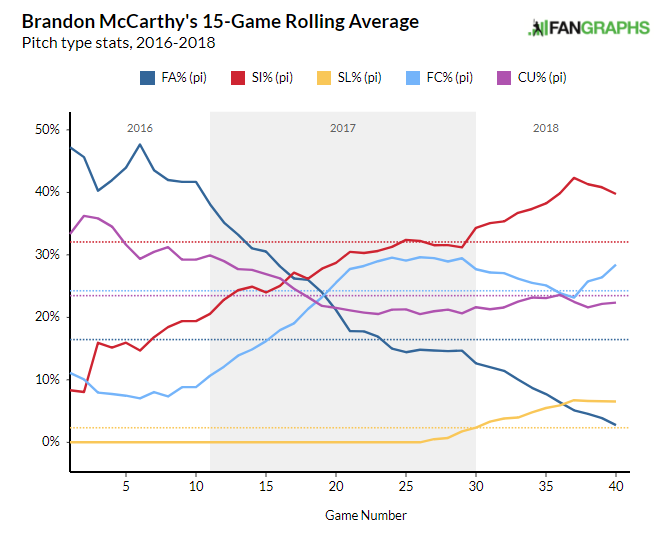
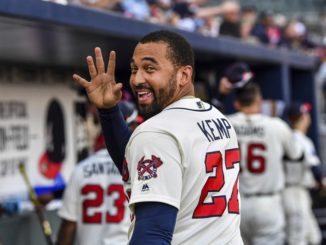
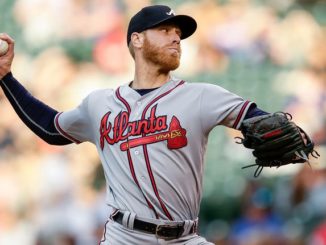
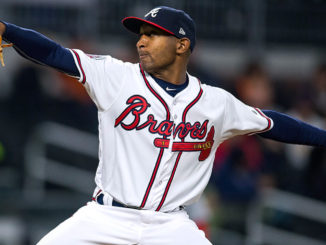
Leave a Reply